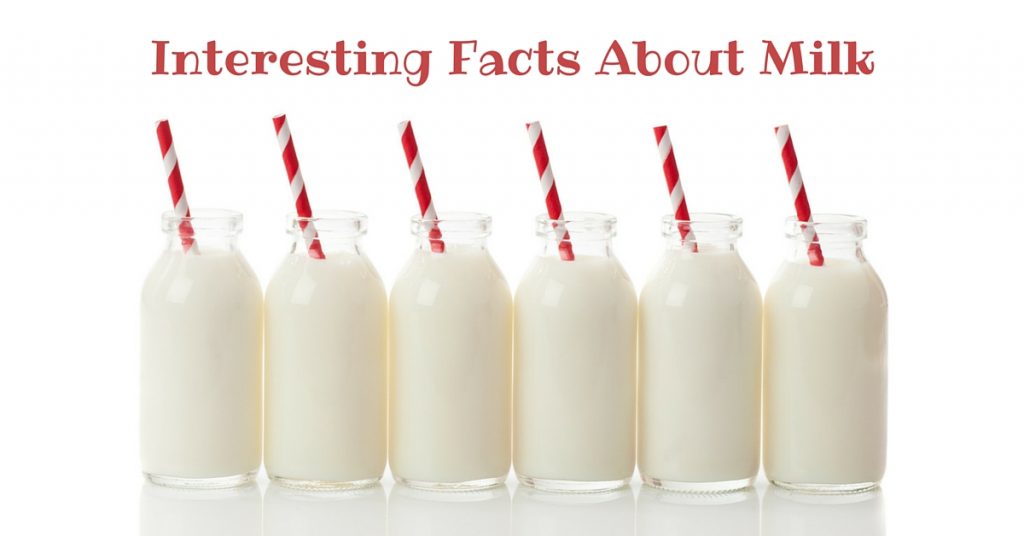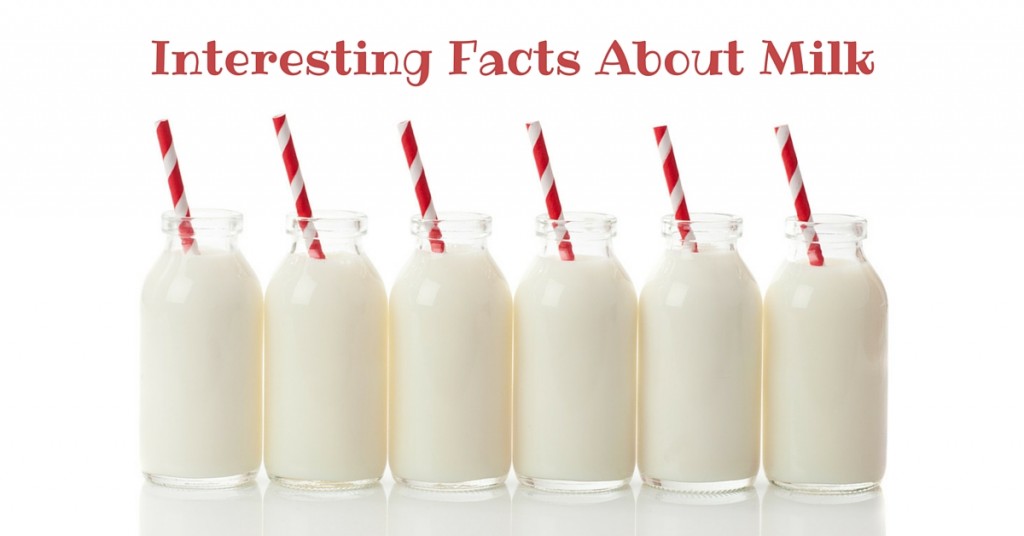…except “can I have some cookies?” We don’t have any cookies. Only answers to trivia queries.
In fresh milk, why does cream rise to the top?
Milk that is fresh from the cow, or unpasteurized, comes with the cream, all at once. Cream has a lot more fat in it than the milk does. Oddly enough, the denser a substance is with fat molecules—as it’s so with the cream—the lighter it is, because fat molecules are light. Lighter things float to the surface.
What does homogenization mean?
Milk is a mixture of proteins and fats, all of which is dissolved in water. When milk is homogenized on the way to the stores, the cream is removed from the top, but not all of it. Some remain behind, but the homogenization process renders all of the molecules in milk the same size, so they freely mix together. The cream molecules are just plain too small to rise to the top. This way, the milk doesn’t separate.
What causes that gross skin on heated milk?
Say you’re heating milk to make pudding or a custard. Have you ever noticed the film that forms on top of the milk? The heat applied to the milk denatures the protein molecules inside the milk. The heat also makes water in the milk evaporate, causing the denatured protein to slightly dehydrate and form a thin layer on the surface.
How is skim milk made?
Skim milk isn’t just fat-free milk. Actually, it’s not even that: On average, skim milk has a fat content of 0.1 percent. (Whole milk’s fat percentage: 3.5 percent.) After the cream is removed, whole milk is placed in a machine called a centrifugal separator. It spins the milk at incredibly high speeds, enough to separate and remove the fat molecules from the milk. Then homogenization makes all the milk particles the same size, so separation won’t occur. However, the lack of fat makes milk a white, water, unappetizing substance. During processing, vitamins A and D are added. Whole milk contains both of those, but they’re fat soluble, so they’re lost with the fat, requiring milk producers to add them back in, per government mandate. Also added are dried milk solids. These protein powders thicken up the fat-free milk until it has a milk-like consistency.









